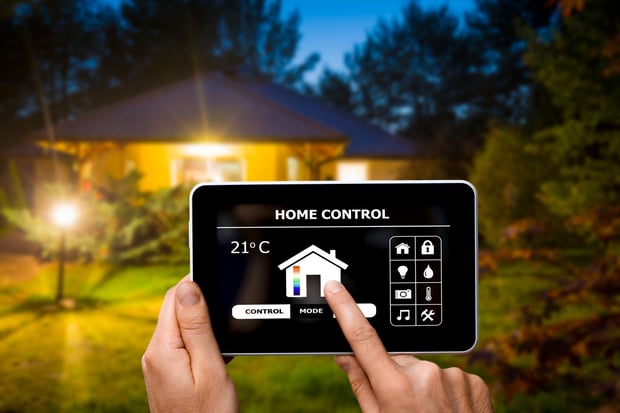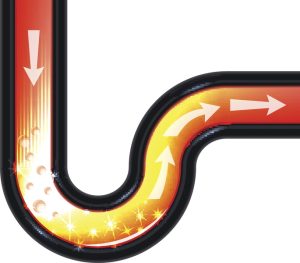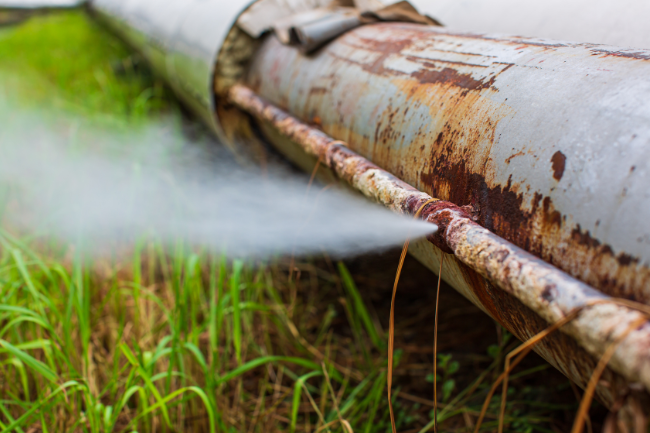What to Expect During a Sewer Camera Inspection
Sewer camera inspections are a game-changer in plumbing. They help you see exactly what’s going on inside your pipes without the need for digging or guesswork. If you’re facing recurring plumbing issues or suspect there’s a problem deep in your sewer line, a sewer camera inspection can provide clear answers. Knowing what to expect can make the process smoother and less stressful.
A tiny, high-resolution camera attached to a flexible rod is used during the inspection. This camera is threaded through your pipes, sending real-time video footage to a monitor, allowing the plumber to see any blockages, cracks, or other issues. This method is effective, non-invasive, and can save a lot of time and money compared to traditional methods.
Understanding the details of a sewer camera inspection can help you be better prepared for the process. Whether it’s pinpointing the exact location of a blockage or detecting potential problems early, this advanced technology is a valuable tool in modern plumbing. In this article, we’ll explore the ins and outs of sewer camera inspections, including how they work, what common issues they detect, their benefits, and how you can get ready for one.
Overview of Sewer Camera Inspection Process
A sewer camera inspection is a straightforward yet highly valuable process. It starts with a plumber feeding a small, high-resolution camera attached to a flexible rod into your pipes. This camera sends live video footage to a monitor, allowing the plumber to see inside the pipes in real-time.
The camera is designed to navigate through twists and turns, making it ideal for assessing the condition of both large and small pipes. The live video helps the plumber pinpoint issues like blockages, cracks, or disconnections. This precise identification means less guesswork and a faster, more effective repair process.
One of the significant advantages of this method is that it’s non-invasive. There’s no need to dig up your yard or break through walls to find the problem. This makes the sewer camera inspection a quick and efficient way to diagnose plumbing issues without causing additional damage to your property.
Common Issues Detected During an Inspection
A sewer camera inspection can detect a variety of issues, helping to ensure your plumbing system stays in good shape. Here are some common problems that these inspections often uncover:
1. Blockages: Items like grease, hair, or foreign objects can cause blockages in your pipes. The camera helps locate these blockages so they can be removed effectively.
2. Cracks and Leaks: Over time, pipes can develop cracks. The camera can spot these small fractures that might lead to bigger problems if not addressed.
3. Tree Root Intrusions: Tree roots can invade your sewer line, causing severe blockages and damage. The sewer camera can detect these roots early, making it easier to remove them before they cause significant harm.
4. Pipe Corrosion: Older pipes, especially made of cast iron, can corrode and deteriorate. The camera inspection helps identify areas where the pipes are wearing down, preventing future leaks and bursts.
5. Misaligned Pipes: Pipes can shift due to ground movement or improper installation. The camera can show where pipes are misaligned, which can cause drainage issues or leaks.
Detecting these issues early can save you from more severe problems and costly repairs in the future. An accurate diagnosis is the first step towards a long-lasting solution.
Benefits of Using a Sewer Camera
Using a sewer camera offers several benefits that make it a valuable tool for maintaining your plumbing system. One of the most significant advantages is its ability to provide a clear, real-time view of the interior of your pipes. This enables precise diagnosis of any issues, ensuring that the correct repairs are made quickly and efficiently.
Another benefit is cost savings. By accurately identifying the problem, you avoid unnecessary digging and repairs. This targeted approach means you only fix what’s broken, saving both time and money. Reducing the amount of manual labour involved also minimizes disruption to your property and daily routine.
Finally, using a sewer camera can prevent future plumbing emergencies. Early detection of minor issues can stop them from turning into major problems. This proactive approach helps to extend the life of your plumbing system and maintain a safe and healthy home environment.
Preparing for a Sewer Camera Inspection
Preparing for a sewer camera inspection is straightforward and ensures the process goes smoothly. Here’s how you can get ready:
1. Clear Access: Ensure the plumber has easy access to the main sewer line or clean-out point. Remove any obstacles or items that might be in the way.
2. Stop Water Usage: Avoid using water in your home during the inspection. This helps to ensure clear visibility and accurate diagnosis.
3. Inform the Plumber: Let the plumber know about any specific issues you’ve been experiencing, such as slow drains or bad odours. This information can help them focus on potential problem areas.
4. Prepare for Results: Be ready to hear about any issues found during the inspection. This might include repairs or further inspections. Understanding that the findings will help solve current and future problems can make the process more manageable.
By following these steps, you’ll help make the sewer camera inspection process quick and effective, leading to a more precise diagnosis and suitable solutions.
Conclusion
A sewer camera inspection is an essential part of maintaining your plumbing system. It’s a quick, non-invasive way to identify issues within your pipes, from blockages and cracks to tree root intrusions and corrosion. By understanding what to expect during the process and preparing accordingly, you can ensure a smooth inspection that helps keep your plumbing in top condition.
Knowing the benefits of using a sewer camera, such as cost savings, accurate diagnostics, and early detection of problems, highlights just how valuable this technology is. It’s a proactive approach that can save you time, money, and hassle in the long run.
If you’re experiencing plumbing issues or simply want to ensure your system is in good shape, consider scheduling a sewer camera inspection today. At The Irish Plumber, our skilled team is ready to help you with all your plumbing needs. Contact us now to book your inspection and keep your plumbing system running smoothly.







